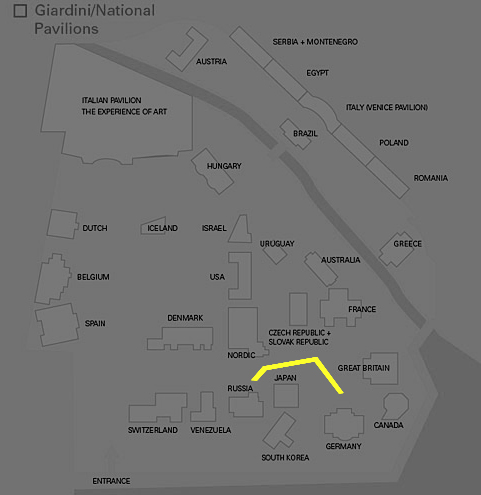The Estonian exposition, entitled „The Gas Pipe“ addresses various issues of the contemporary spatial organization and developments in landscape. The exposition focuses on a large-scale public space installation in the Giardini park. Along one of the main pedestrian avenues, in between the pavilions of Russia and Germany there will be erected a 60m section of real scale elevated gas pipe. The project is inspired by a controversial enterprise of Nord Stream, a Gazprom initiative to build a direct gas pipe from Russia to Germany. The initial project of Nord Stream to build the pipeline into the Baltic Sea has been widely contested from ecological as well as geopolitical positions. Voices have risen to persuade building a mainland gas pipe instead but the real outcome of the project is still unclear. In either case, the pipe has a special position and effect in the Baltic Sea region as well as being part of an omnipresent, ever-expanding network of gas pipes and other infrastructure objects – the border-transgressing power lines of the contemporary world.

In accordance with the general outline of this year’s biennale, the installation will not posit solutions but will rather question reality, posing and framing problems concerning mechanisms determining the contemporary physical environment. The installation will highlight the spatial dimension of politics and the political dimension of architecture. In addition, it will also address the reality of contemporary landscape more and more defined by large-scale infrastructure and intermingling of the technological and the natural. It will raise the question of architect’s position and role in relation to power, the possibility for critical architecture as such. In addition it will touch the issues of the future of energy; constructing the notions of beauty and ugliness, etc. In spite of Biennale and the like institutions and events, presenting the Sunday side of architecture, the reality of the environment surrounding us depends on a lot of other factors beside the creative intentions of the architect such as economic objectives, political decisions and deals, various norms, standards and regulations. At the same time, the installation works as a powerful piece of public space sculpture – it will confront the viewer unexpectedly as a tangible, inescapable and massive real thing, inviting numerous multi-layered interpretations, which will be further elaborated in the national catalogue of the exposition.










